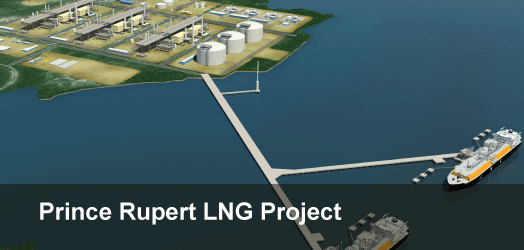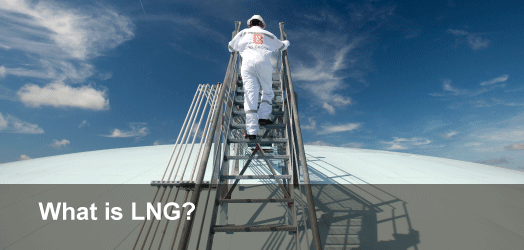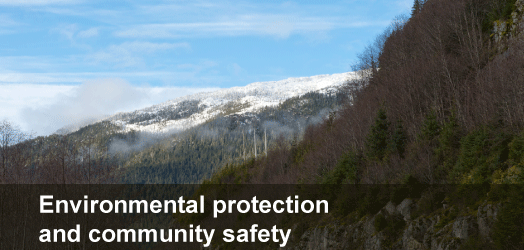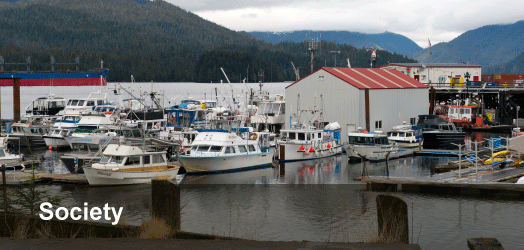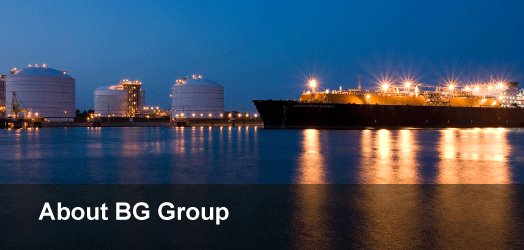Community safety
The health and safety of our employees, contractors and local communities is the top priority for BG Group. This commitment is backed by safety standards and procedures covering every aspect of our business and is reflected in open dialogue with local communities – including via direct meetings and website updates.
Health, safety and security
BG Group is committed to building and operating a facility with safety as the priority. LNG has been safely manufactured, transported and consumed for more than 50 years, and the industry has maintained an enviable safety record. BG Group has a long history in the industry. A predecessor company pioneered the LNG shipping business beginning in the late 1950s, and the company maintains a significant interest in LNG facilities and LNG carriers, with a record of safe operations.
Plant Safety
The design, location, layout, materials, equipment fabrication, construction, staff training and daily operation of an LNG plant are governed by strict provincial, federal and international standards, in addition to BG Group’s own corporate standards, which often exceed international requirements. Security at the plant will be a priority and is maintained through controlled access, safety zones, protected safe areas and constant monitoring.
LNG facilities are located a safe distance from residences to ensure the risk to the public from an incident at the plant can be quantitatively demonstrated to be as low as reasonably practicable. BG Group also undertakes to meet or exceed the requirements of international and national standards and best practices for safety.
LNG is stored at essentially atmospheric pressure in special double-walled tanks that have an inner primary containment wall made of steel that can withstand extremely low temperatures. The outer secondary concrete containment (consisting of pre-stressed concrete walls) provides a strong barrier to exterior conditions and is also able to withstand extreme temperatures.
Inherent safety in design means BG Group will seek to eliminate all possible risks, including from earthquake or other seismic events, by using proven design and technology.
Although spills and leaks are highly unlikely, storage and loading facilities are designed with full containment systems. The facility will have multiple fire detection and protection systems, including gas leak and fire detectors, alarms and automatic manual shut-down and fire water systems. Sensors throughout the facility will trigger an emergency shut-down if unsafe conditions are detected.
Shipping safety
LNG carriers hold one of the best safety records in the shipping industry. According to the Center for Liquefied Natural Gas , LNG carriers have made more than 135,000 voyages without major accidents, safety or security problems, either in port or at sea.
BG Group is one of the world’s largest and most experienced operators of LNG carriers. Modern carriers have state-of-the-art navigation, propulsion and gas management systems – allowing for the economical consumption of natural gas for fuel, maximizing cargo volume delivery for our customers and reducing greenhouse gas emissions and our environmental footprint.
Our carriers have double hulls and primary and secondary cargo containment systems. Proven onboard safety systems include gas detection and low temperature monitoring, heat and fire detection and emergency response systems. Other standard navigation safety features include global positioning equipment, global maritime distress systems and ship-to-shore communications.
BG Group works closely with its partners to maintain the highest safety standards. We adhere to International Maritime Organization (IMO) conventions, which include SOLAS, ISM, ISPS and MARPOL. Vessels also operate under classification society rules and flag state requirements.

